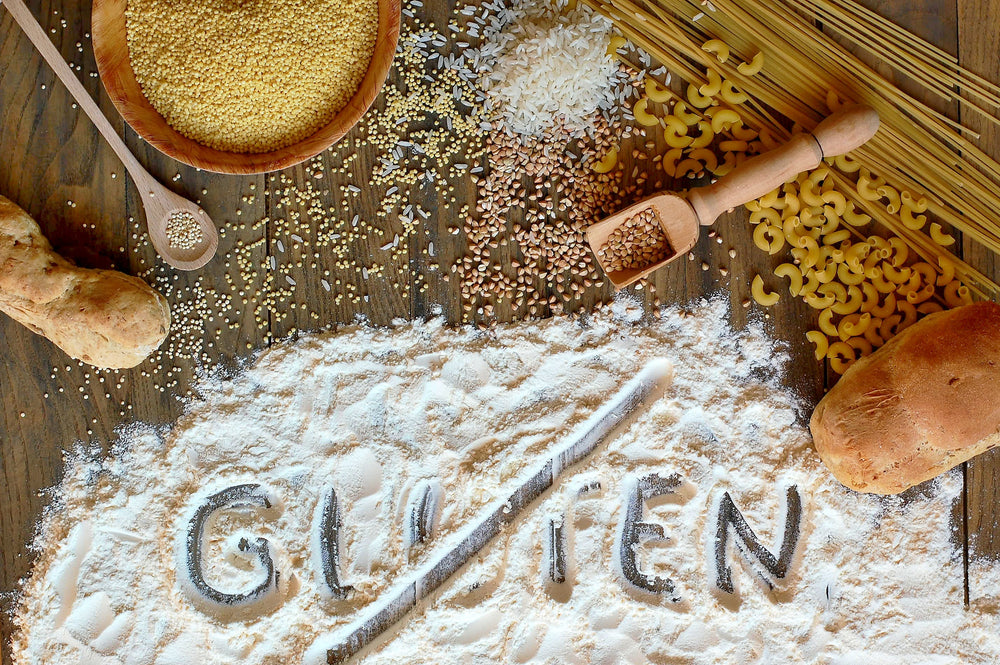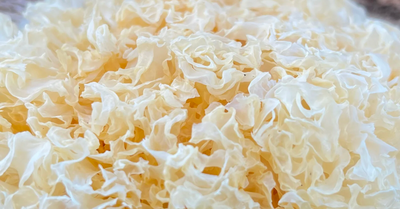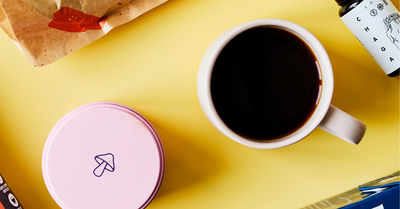
Coeliac Disease And Gluten Intolerance

Coeliac Disease And Gluten Intolerance
Coeliac Disease And Gluten Intolerance
Understanding why and how people are choosing gluten-free
It seems every menu has a gluten-free section. Some see it as a health fad, but many benefit from a low-gluten or gluten-free diet. We delve into the drivers behind avoiding gluten: coeliac disease and gluten sensitivity – understanding why and how people alter their diet.
Before exploring these conditions, it is worth explaining what gluten is and where it's used.
A quick lesson in gluten
Gluten is a protein naturally present in grains - wheat, barley, rye, and some oats. Its elastic properties make it perfect for baked goods, where structure and elasticity lead to rise and a light, chewy texture. Commonly found in bread, cakes, pastries, pasta, and sauces – think recipes with flour - it's also used to improve texture and moisture retention in processed foods and as a binding agent in medications. Due to gluten's elastic structure, the gut finds it harder to break down, and with modern western diets using greater amounts of it, more people are noticing a knock-on impact on their health.
Coeliac disease or gluten intolerance: understanding the difference
Coeliac disease and gluten intolerance (also known as non-coeliac gluten sensitivity (NCGS)) are conditions where bodies react negatively to gluten. With the less common but more dangerous coeliac disease, ingesting gluten triggers an autoimmune response, telling our immune system to attack healthy gut tissues. Over time, this lowers nutrient intake, leaving sufferers feeling the effects of malabsorption. Initially, this results in diarrhoea, abdominal pain, bloating and wind. However, if left unchecked, the damage can lead to a 'leaky gut', where the gut wall thins enough that unwanted substances, not just nutrients, pass through into our bloodstream and organs.
With gluten intolerance, the immune system doesn't go into attack mode. However, eating gluten still leads to many uncomfortable symptoms, including headaches, fatigue, bloating, joint or muscle pain, brain fog, skin conditions, depression, anxiety, and anaemia. So often, gluten intolerance is misdiagnosed as irritable bowel syndrome (IBS), which has similar symptoms. To make diagnosis more complicated, gluten intolerance can be a symptom of a different health issue altogether.
As gluten becomes more prevalent in diet, the number of people finding they cannot digest it without suffering some consequence is rising. Awareness of coeliac and gluten sensitivity means it's avoided by approximately one in 10 people, making it a rapidly growing and changing wellness area.
Eating a gluten-free diet
The gluten-free market is booming. As a result, there's now a huge range of products available. Shop-bought gluten-free bread, cakes, pasta, and baked goods still lack the structure of glutenous products, however, adding xanthan gum, carbonated water, baking soda and vinegar to home-cooked recipes helps achieve that traditional rise and texture we love.
Coeliac or intolerance doesn't mean the end of your relationship with grains. Plenty are naturally gluten-free, including polenta, corn, buckwheat, millet, tapioca, quinoa, teff and amaranth. Most can be milled into flour, so experiment with each – you may even prefer the crumblier texture they offer! Rice flour is also a great option, as well as swapping breadcrumbs for polenta. Delicious polenta-coated nuggets and fish are often crisper and lighter, while rice noodles make a no-compromise swap in oriental cooking.
While you're in the kitchen, you may want to get handy with sauces. Many gravies, cheese sauces, stocks, and condiments contain gluten. However, premade versions are packed with salt and sugar, so making your own is no bad thing. Glutenous flour is used as a thickener, so swap it out for cornflower, potato starch or arrowroot. You won't taste any difference and may even create healthier recipes! Check out our full gluten-free range here.
The last area to watch out for is drink. If you're partial to a beer, stout, lager, or ale, you'll need to seek a gluten-free alternative; these drinks are made from fermented wheat or barley. Luckily many brands are now bringing gluten-free options to the market, and if that fails, wine, cider, spirits, sherry, port, and liqueurs are all free-from. The party will go on.
Finally, remember that many foods are naturally gluten-free. Fruit, vegetables, meat, poultry, fish, cheese, beans, legumes, and eggs are all safe in their natural form. They're also healthier than processed glutenous products. Focusing on fresh, made from scratch meals is a great way to know exactly what you're putting in your body.
Awareness of gluten intolerance or coeliac is the first step. If you have symptoms of either, speak to a doctor. They can rule out or confirm coeliac with a blood test – but in both cases will direct you to a dietician or nutritionist. For some, a gluten-free approach is necessary - be diligent with reading labels - but for the majority, it's a conscious choice. More than a fad, gluten-free diets can alleviate gut discomfort and help us focus on homemade meals with little compromise. So maybe it's time to delve into the gluten-free section and give it a go.








